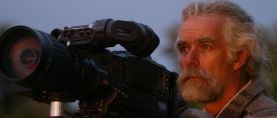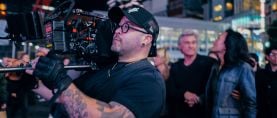
ICS 2016 – Part V: Cinematography In Virtual Reality
The International Cinematography Summit offered a unique opportunity for motion picture professionals to discuss and demonstrate ideas.
ICS 2016
For this unique four-day event, the American Society of Cinematographers invited peers from around the world to meet in Los Angeles, where they would discuss professional and technological issues and help define how cinematographers can maintain the quality and artistic integrity of the imags they create.
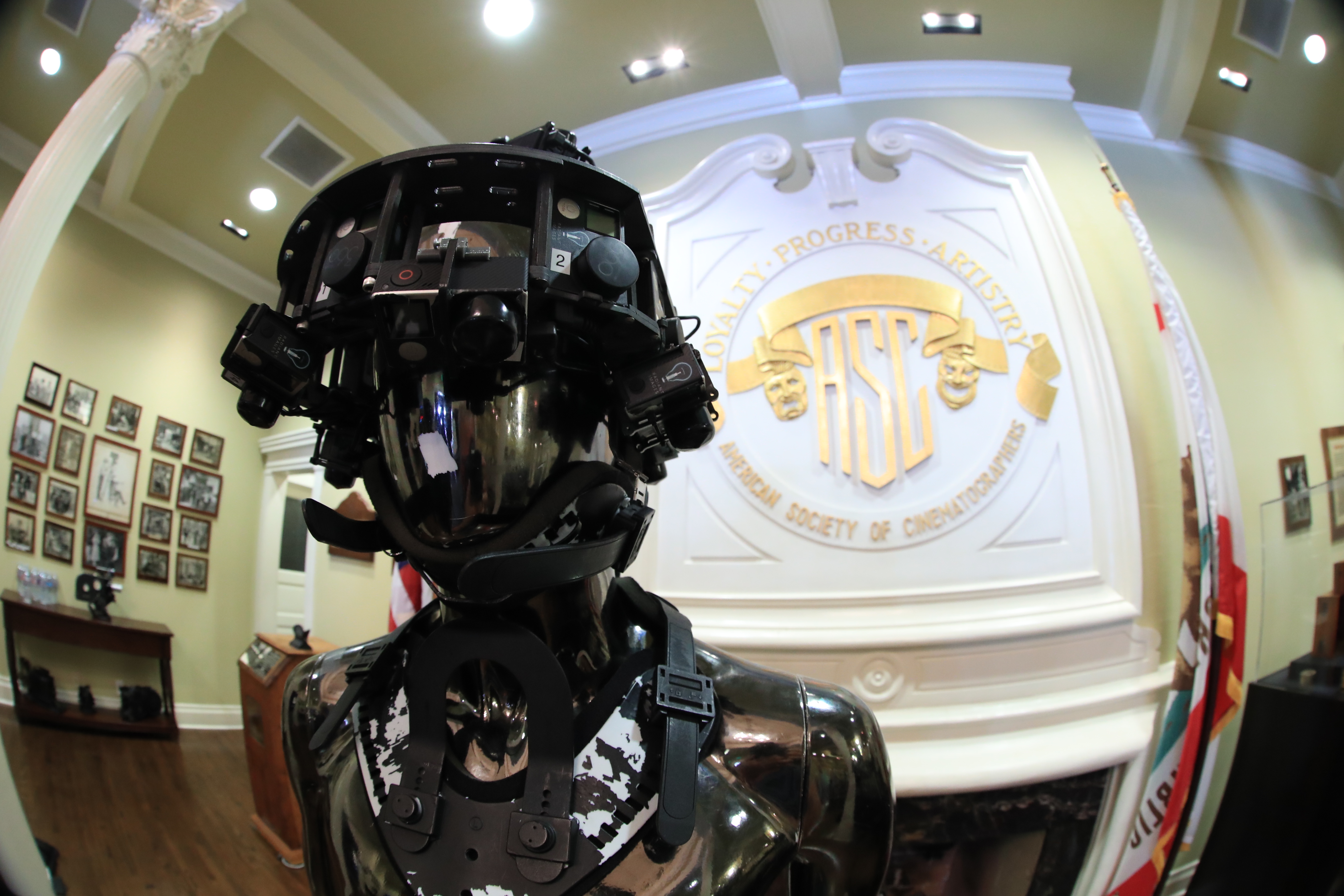
This portion of the International Cinematography Summit (ICS) featured numerous virtual reality demonstrations, followed by a panel on the topic moderated by 3ality chief executive Steve Schklair. The speakers included David Stump, ASC; Virtual Reality Company chief production officer Chris Edwards; director Randal Kleiser, who recently directed Defrost, a VR series; Radiant Images co-founder Michael Mansouri; Sony Pictures Entertainment vice president of production technology Scott Barbour; and Virtual Reality Company founder and chief creative officer Robert Stromberg.
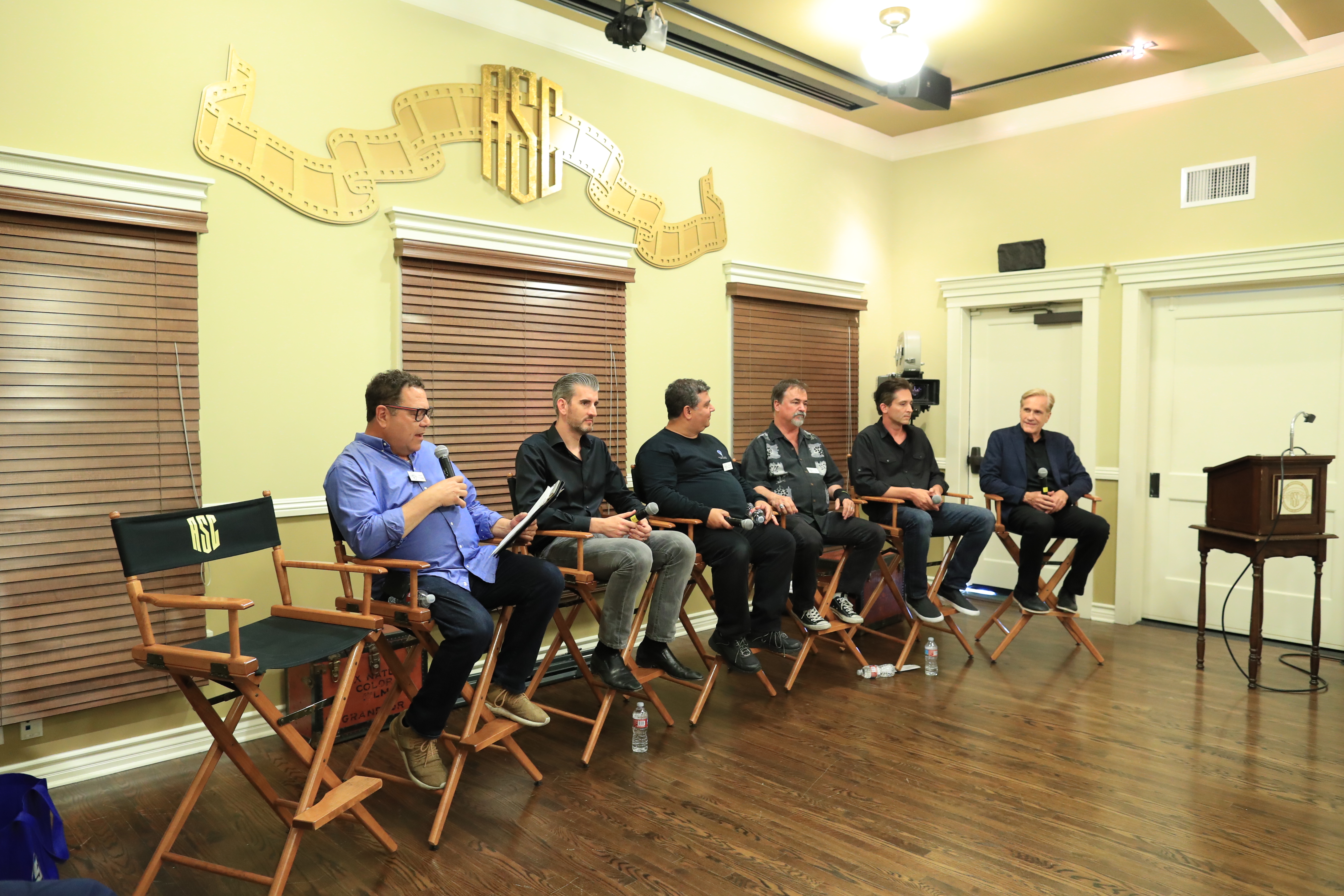
Schklair asked the panelists to comment on whether VR is a cinematographer’s or a director’s medium. “Directing VR is more like directing a play than a movie because the viewer can look wherever they want,” replied Kleiser. “It becomes a puzzle in directing it.”

Stump noted that, “in its rudimentary form now, I could see why it would be easy to say it’s a director’s medium. Directing is the principle way to give the viewer an experience, and cinematography is just to give enough exposure to give the director a way to tell the story. But we’ll find ways to design-in cinematographic capabilities into VR. At the same time, the cinematographer has to bring something new to VR to have input into this medium. We have all kinds of nifty tools we use to tell stories that we have to rethink in this new medium.”
VR aficianados argue whether 360-degree video is virtual reality or not, to the point, says Schklair, that “it’s a religion.”
Barbour is one who doesn’t believe 360-degree video is VR. “It allows a sense of immersion, which is great,” he said. “If you add interactivity you get a sense of presence, which also isn’t quite VR. If you add haptic feedback, it takes you to a sense of exposure to the environment. Then it’s VR.”

Stump broke his interpretation of VR down into degrees of freedom: “With six degrees of freedom, you can pan, tilt, roll your head, look around, see in 3D and get up and walk around and go places in the VR world. With seven degrees of freedom, you have all that, and in real time.”
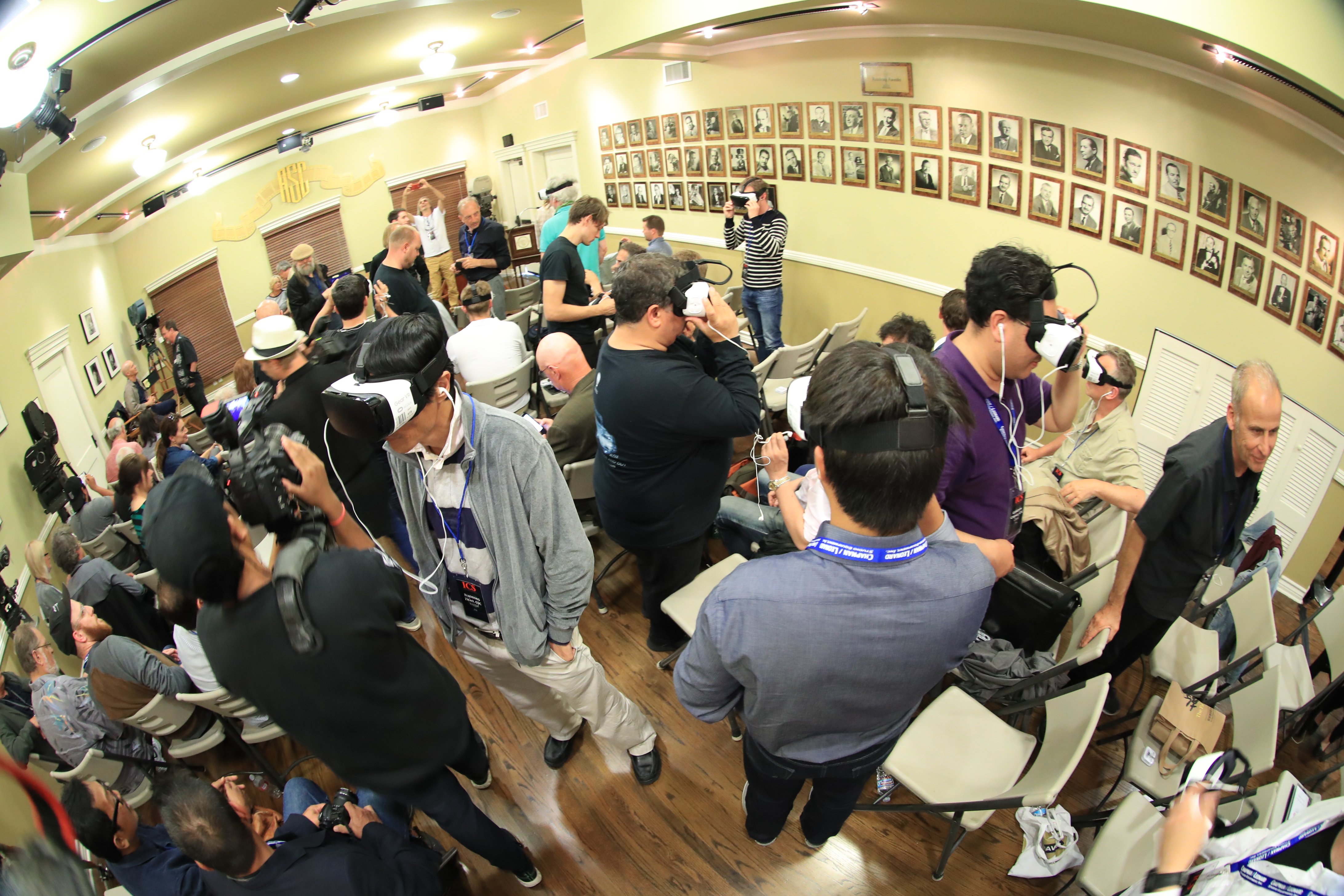
“VR is the goal but no one has done a real VR experience in the true sense of the word,” said Edwards. “But I don’t find it annoying that people are calling all this VR.”
Stromberg agreed with Kleiser in looking at VR like a stage play. “But if you put the person on the stage, they’ll feel too close,” he explained. “That’s one example of psychological things we’re learning as we try to tell a story. As we explore, together we’ll find new and exciting ways to tell stories.”
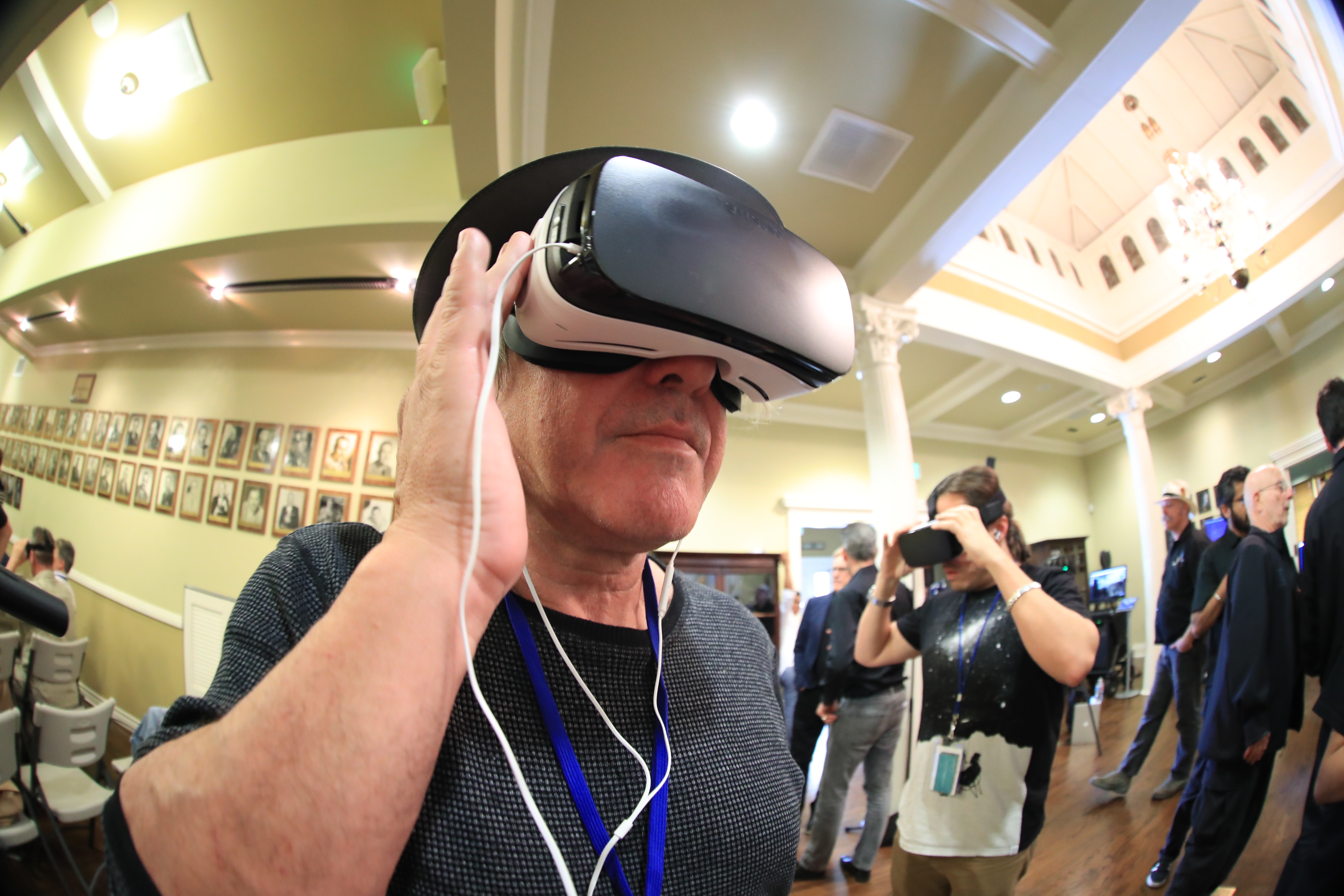
With regard to editing, Mansouri points out that 100 years ago, the rules of cinema were just beginning to emerge. “We’re facing the same challenges today,” he said. “We don’t know what this is becoming.”
The same is true for learning what camera moves feel like for the VR participant. Stromberg describes his rule for moving the camera: “It’s making sure in virtual space that it’s accurate. We keep everything on a rail.”
Stump noted that, “giving motion context is really important” as is “the sense of motion jiving with the picture on the scene.”
Everyone agreed that higher frame rates — and genlocking the cameras — are important in VR productions. “120 frames per second is essential,” said Barbour, who noted that the Sony PlayStation plays VR content back at that frame rate. Edwards believes 90 fps is the minimum bar for comfort in headsets, while Mansouri pointed out that the Samsung gear is 30 fps. “Every headset has its own limitations,” he said, “But we recommend a minimum of 30 fps and higher if possible.”
The language of storytelling in 360-degrees is, said Schklair, the biggest question: “If we don’t have access to all the tools we typically use, how do we tell narrative stories?”
Barbour explained that he and his colleagues have thought a lot about this issue. “The level of interactivity is what moves the needle,” he said. “As you add it, you can link the narrative. The hand-off point in the center is when the observer becomes the protagonist. You might be able to be the protagonist and still tell a story.”
Edwards brought back the idea of theater. “At the very least, we can do that,” he said. “But like Cirque de Soleil, you can have people hang from the ceiling and run through the aisles. The world of early games like Myst created the sense you’re in the world. It was rudimentary, but people playing that game felt very immersed in a mystery.”
Stromberg believes we are all waiting for that one “breakaway VR piece” that makes someone cry. “It starts with a good script, good performances,” he said. “I think everyone is scrambling for technology and not thinking about the heart.”
Stump reiterated what all the panelists know: that VR is in its infancy and the tools haven’t all been invented. “We’re just scratching the surface to figure out what tools we need,” he said. “One parting thought… I want to see the kinds of VR films that future filmmakers who are 5-years-old now are going to make in 20 years using this media. For us, it’s always been cinema in the movie theatre, and we’re wrapping our heads around new technology, but I want to see films from kids who grew up with VR.”
